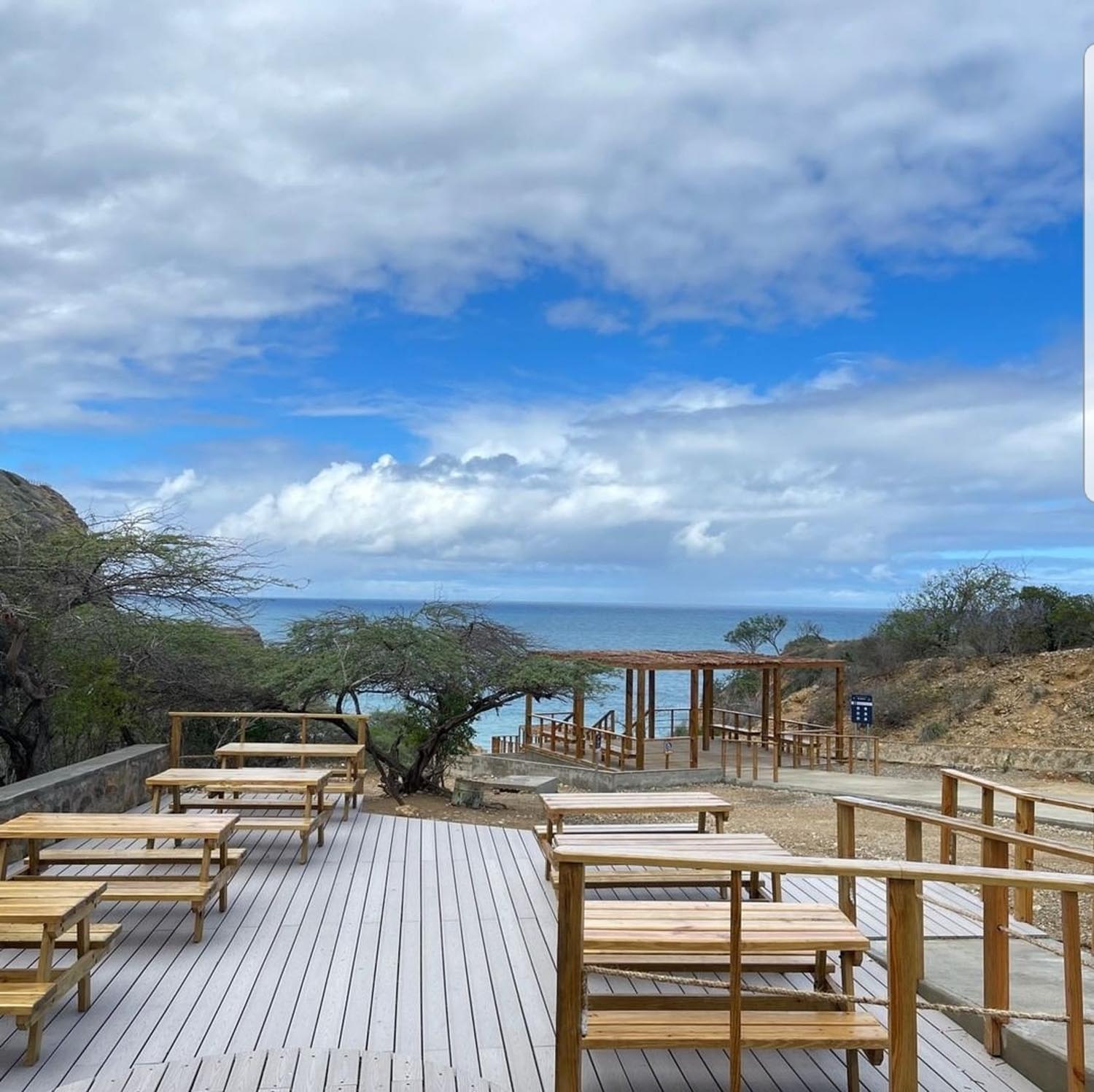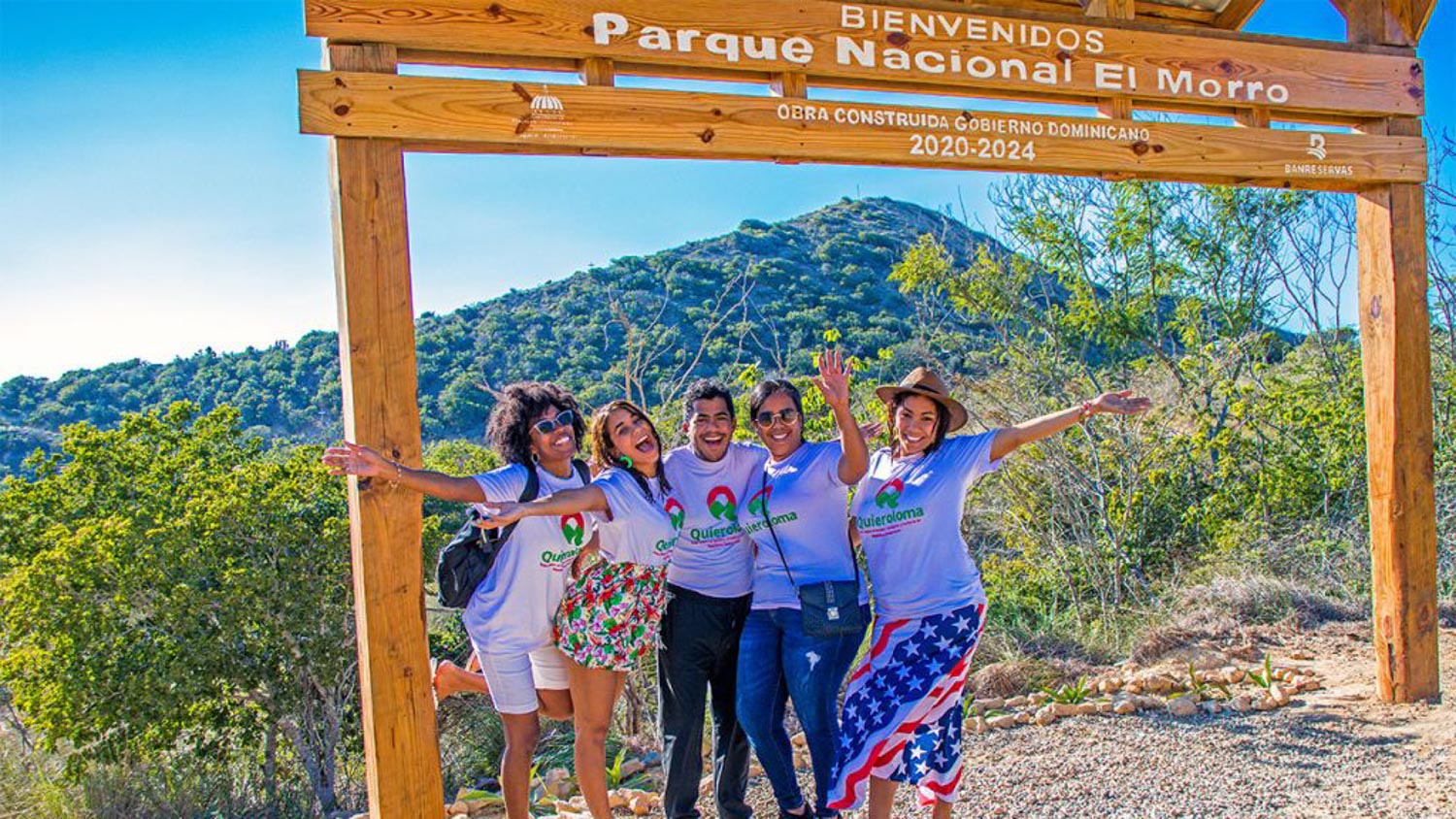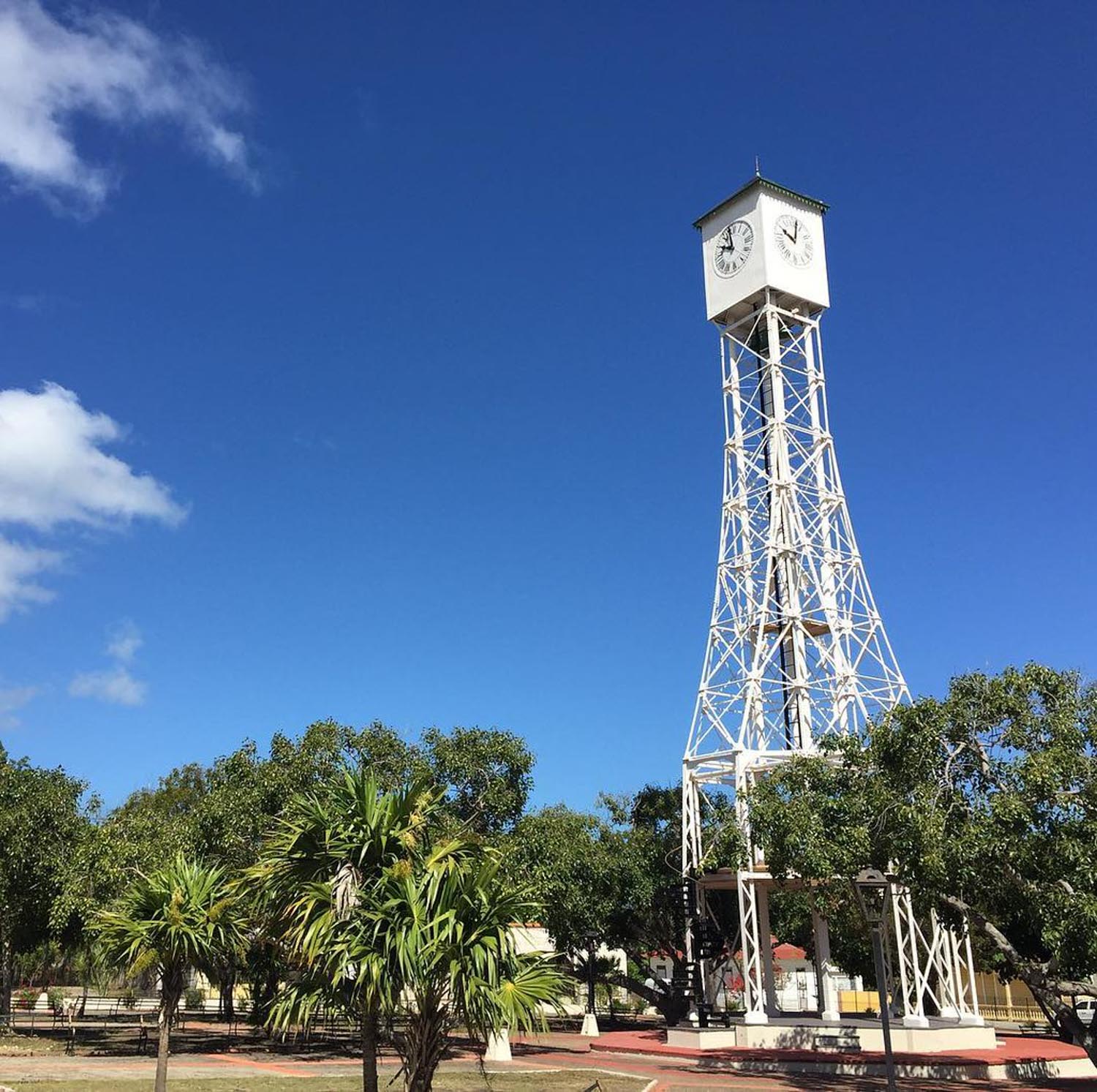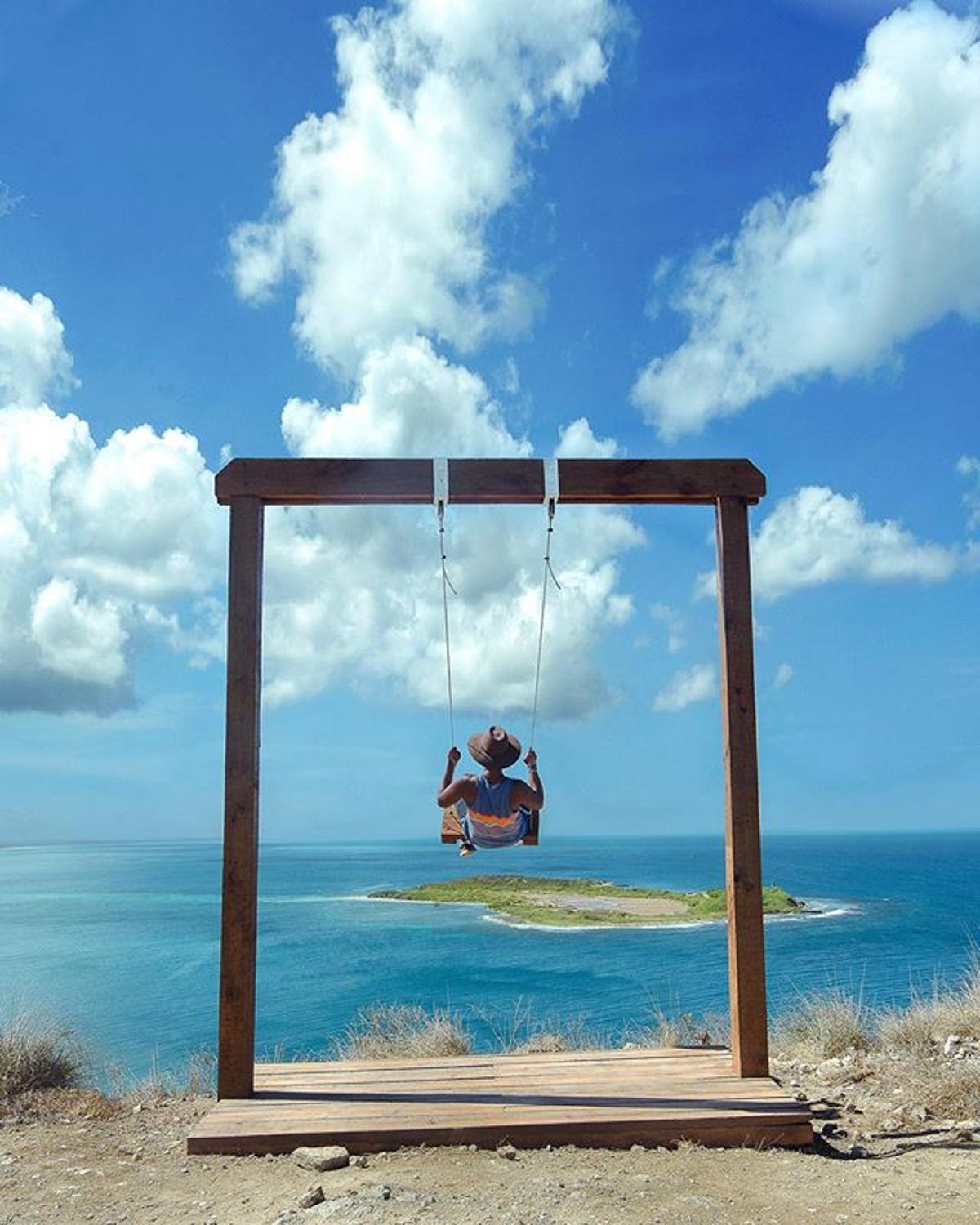Montecristi
Exploring Dominican Republic Montecristi
The jewel of the northwest, the border province of Montecristi presents a wild and striking landscape ripe for off-the-beaten-track adventures. Rice plantations, banana fields, goats and giant cacti stand sentry roadside, leading towards salt ponds and onto limestone cliffs hugging a wave-rich Atlantic Ocean. Around this part desert and part Mediterranean-like scenery, thick mangrove tunnels give way to fresh lagoons, while offshore cayes teem with migratory birds, and offer secluded white sand beaches.
Unpretentious, the town of San Fernando de Montecristi–founded by Nicolás de Ovando in 1501 and named after King Ferdinand of Spain–reveals a rich and inspiring legacy. It’s where Cuban José Martí and Dominican General Máximo Gómez planned for Cuba’s independence from Spain–you can view key documents on display at the Museo Máximo Gómez. Juan Isidro Jiménez, President of the Dominican Republic from 1899 to 1911, hailed from Montecristi, while immigrants flocked from Europe, the United States, and South America during this period to help export the region’s wood and agricultural products. The town was transformed into a major trading port. Few also know that Montecristi is where the Dominican Republic’s first aqueduct, railroad, and telephones were installed.
Sunsets grace the town’s small but beautiful boardwalk and beach, with multiple surrounding hotels and restaurants serving the area’s traditional spicy goat specialty. From your seafront table and from any point in town are unmistakable views of El Morro–the iconic mesa looming over Montecristi like its very own “Table Mountain,” at the foot of which sits a spectacular blond beach. Those who venture off the sand onto the Atlantic Ocean can kitesurf to their heart’s content, or go underwater to explore the coral barrier reef running parallel to El Morro and stretching all the way to Punta Rucia. It’s the largest and healthiest reef in the DR. In the distance, across the bay of Montecristi, the best snorkeling and diving adventures in the country lie off Cayo Siete Hermanos, a series of seven cayes doubling as a primary nesting site of brown boobies and migratory birds.
Last but not least, you’ll want to look out for shipwrecks–Montecristi’s waters are known as the “ship graveyard of the Caribbean,” with over 450 sunken galleons dating back to Columbus’s days, many of which await discovery and study from marine archeologists.
With a wild terrain that leads to inevitable outdoor surprises, Montecristi is where you can live out your own Pirates of the Caribbean adventure.
The main gateway to Montecristi is the Cibao International Airport (STI) in Santiago, followed by the Gregorio Luperón International Airport (POP), in Puerto Plata.







